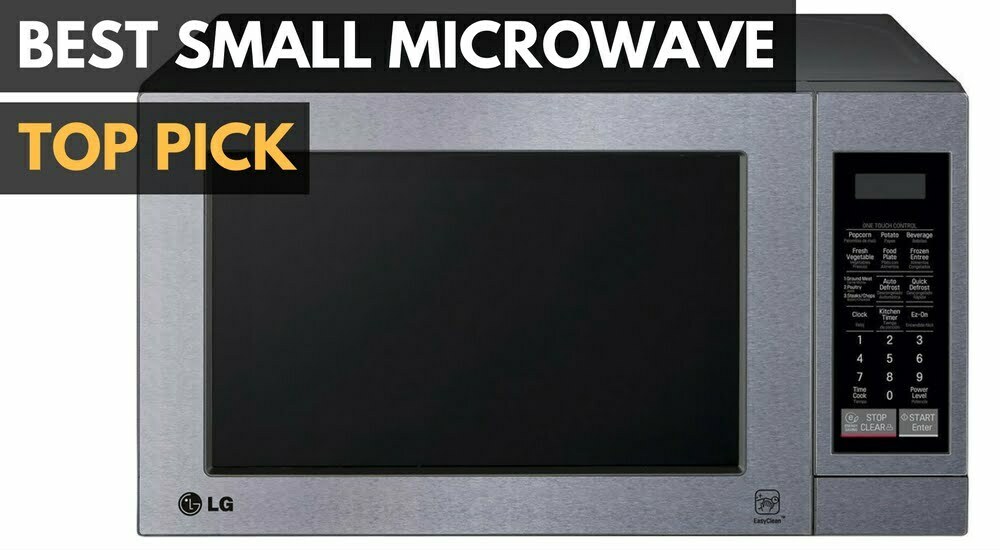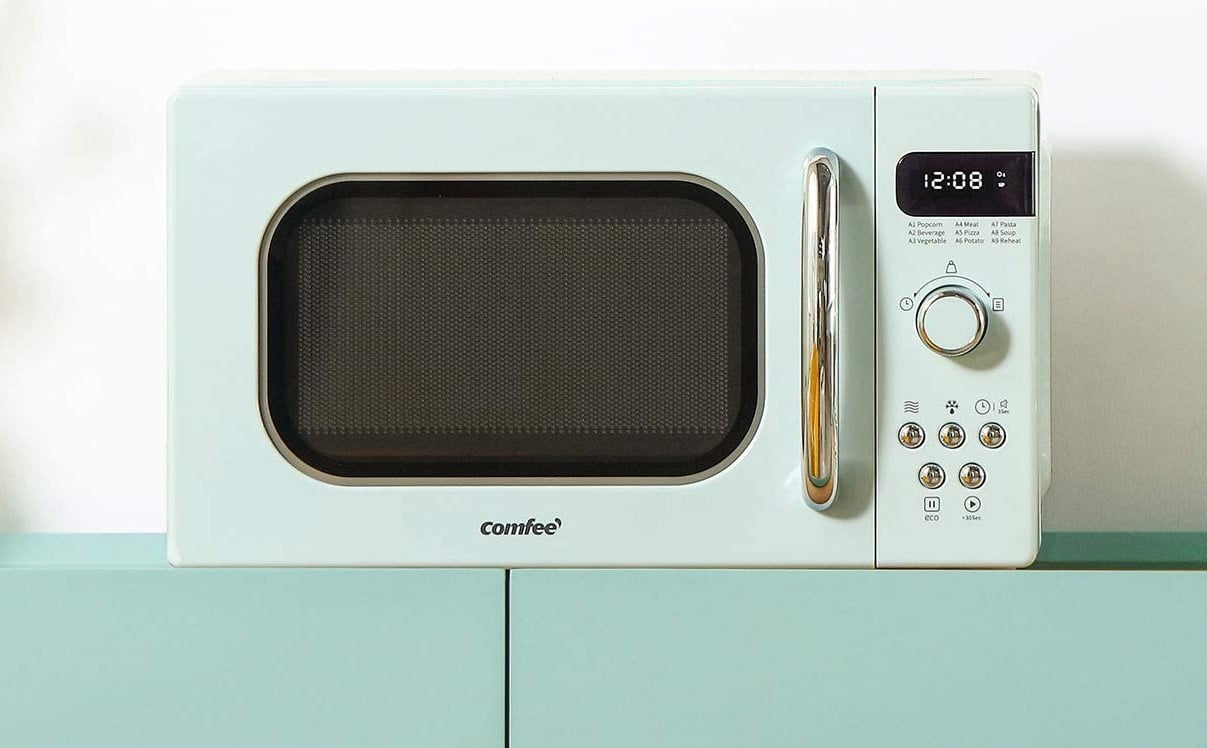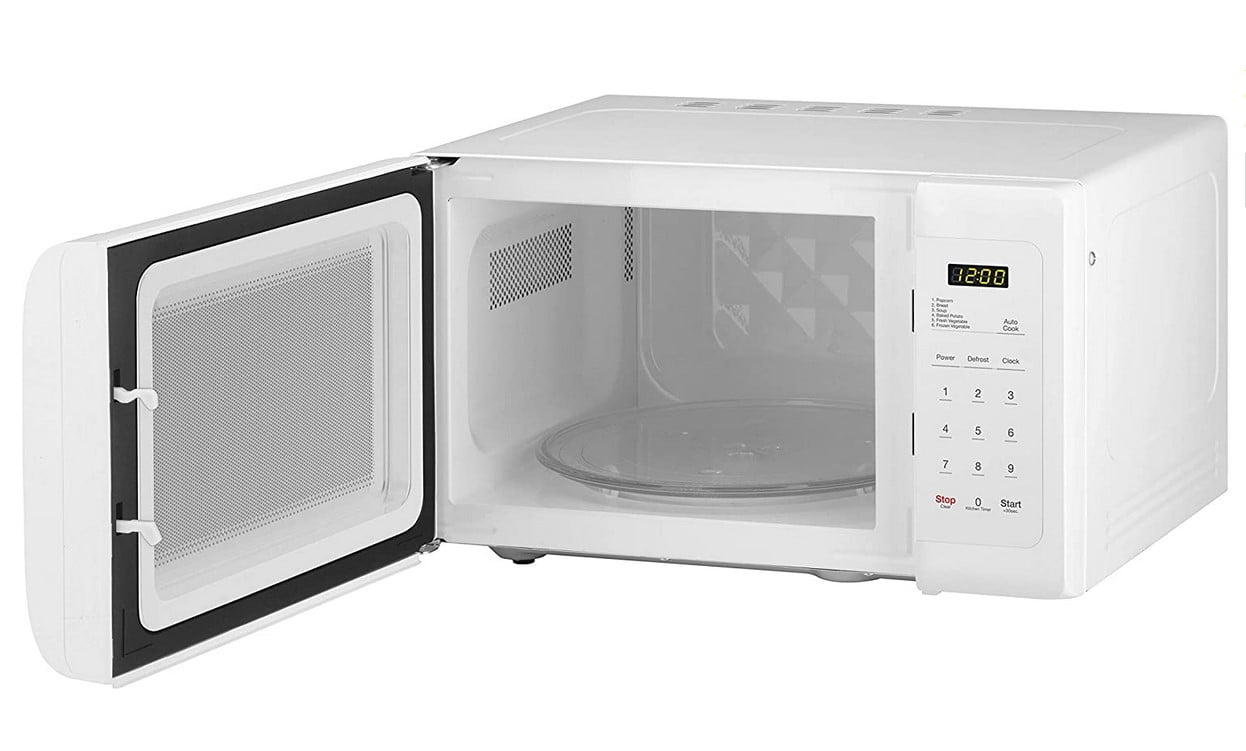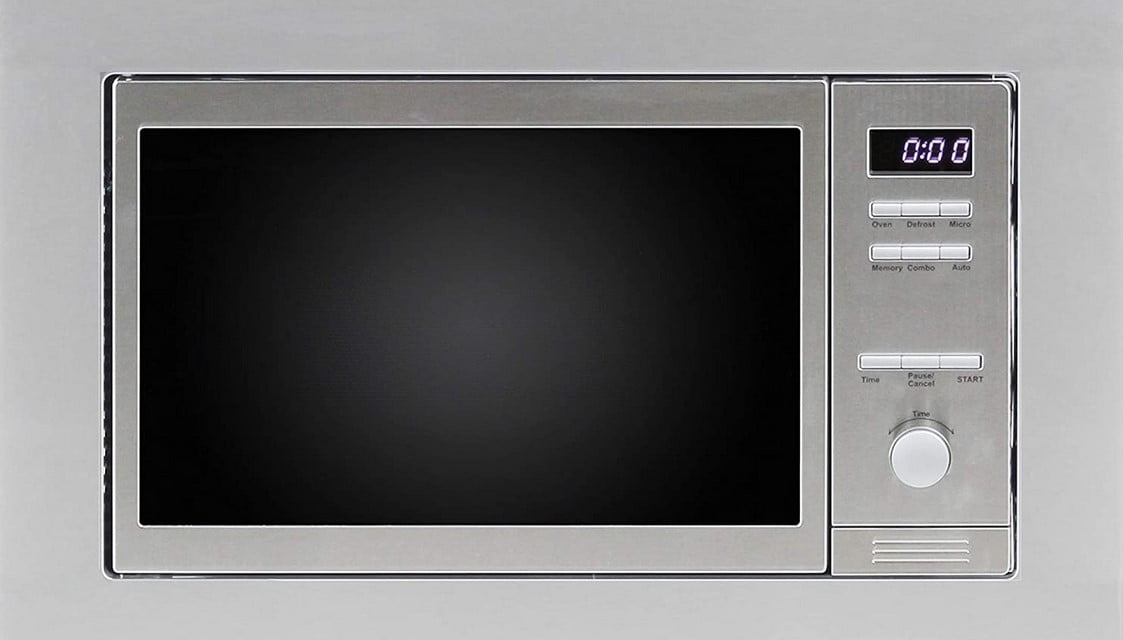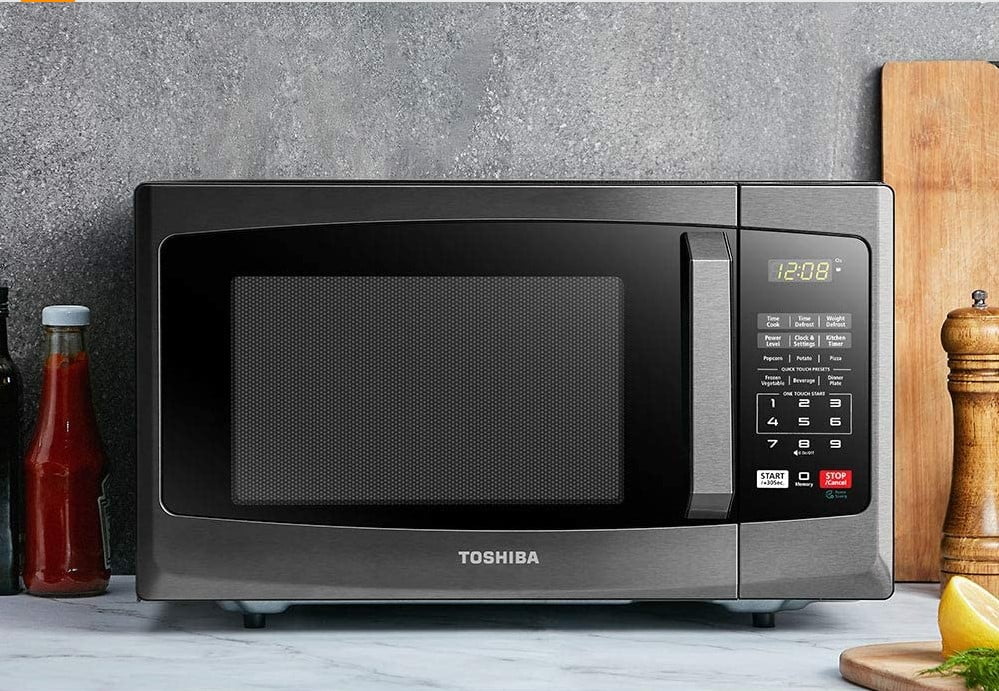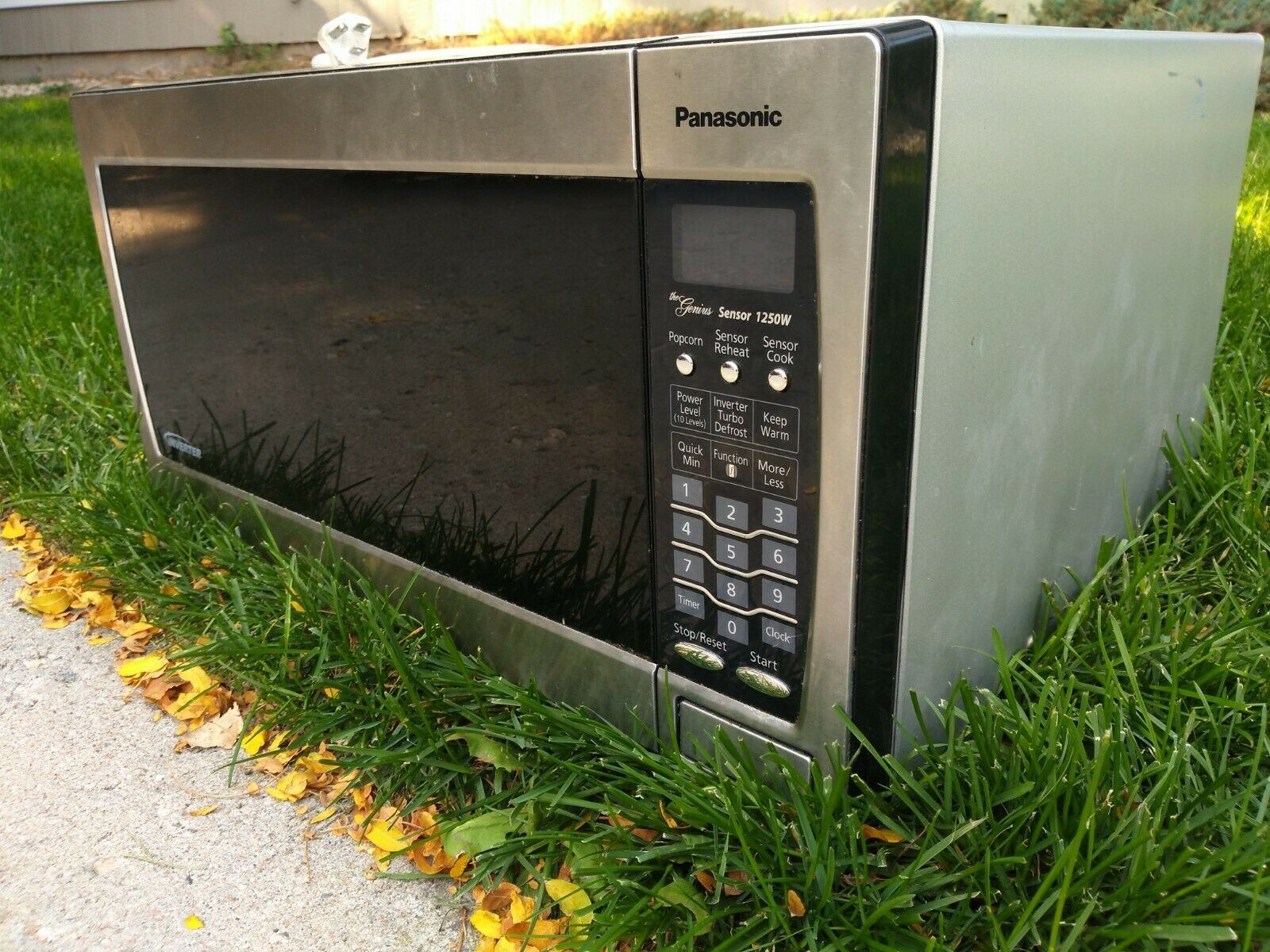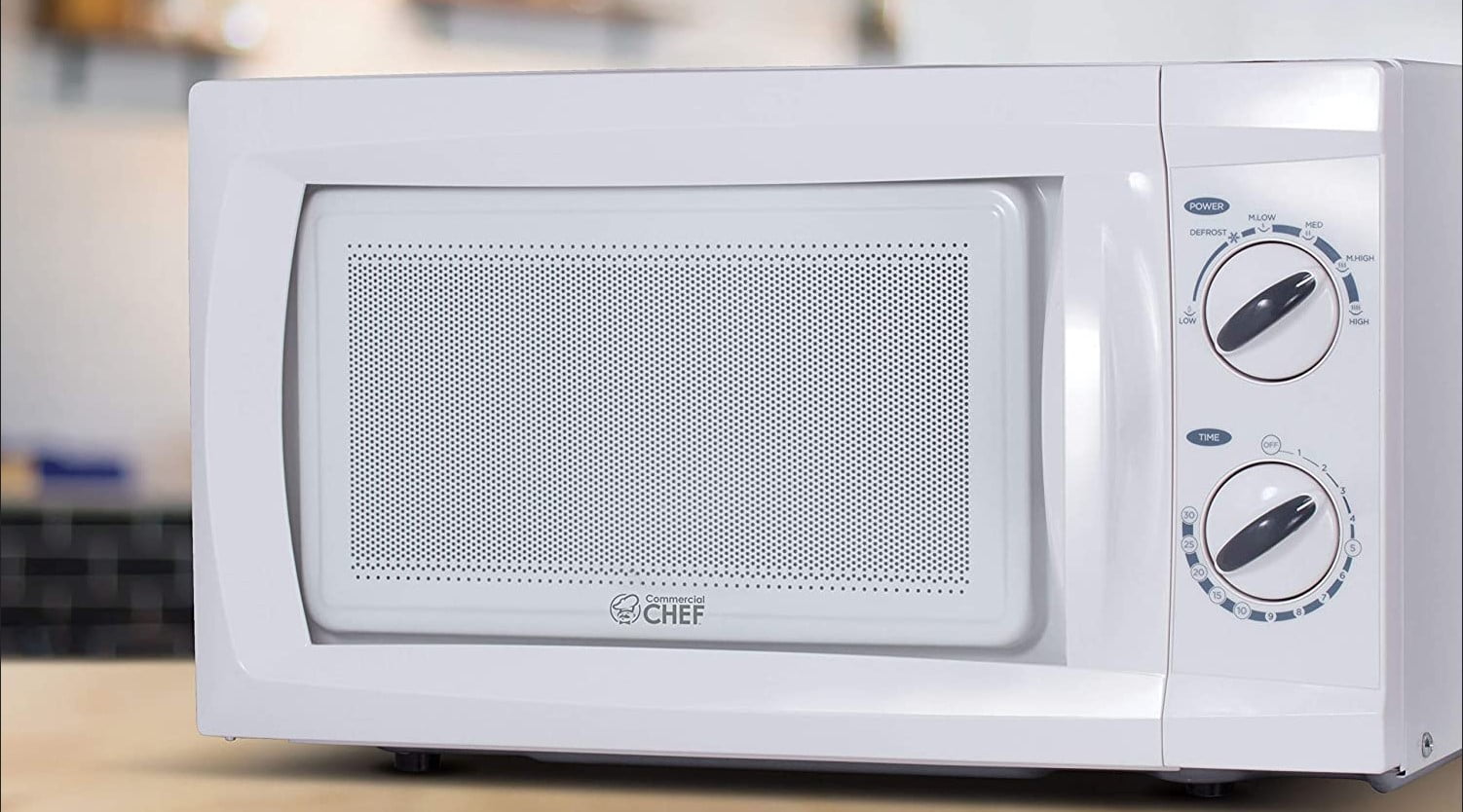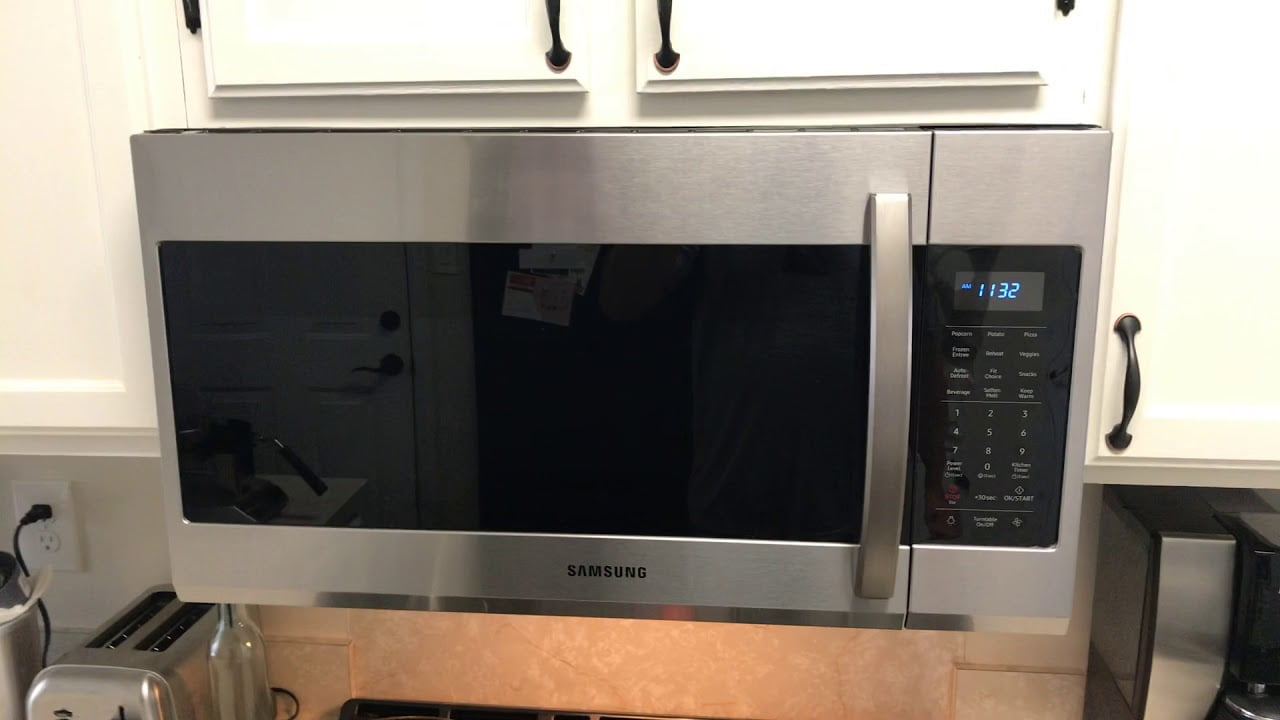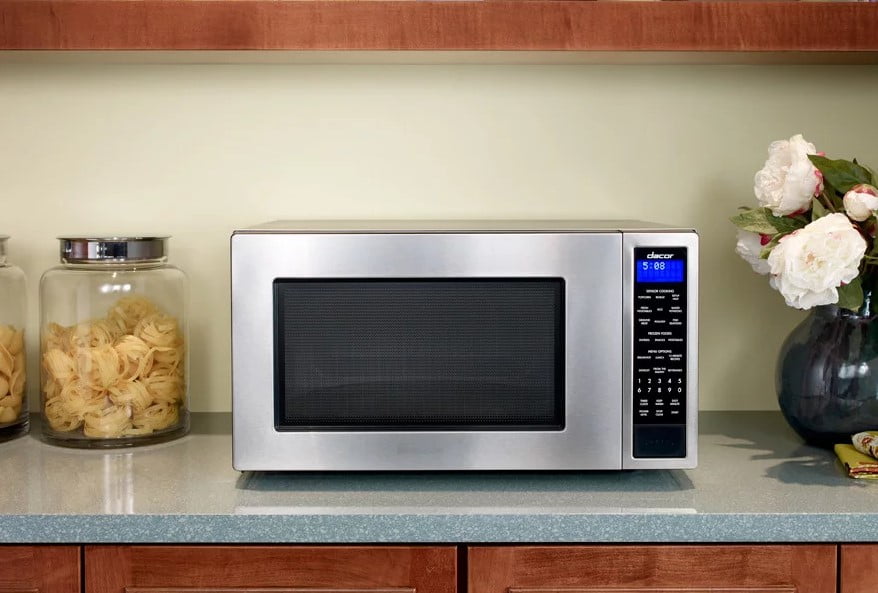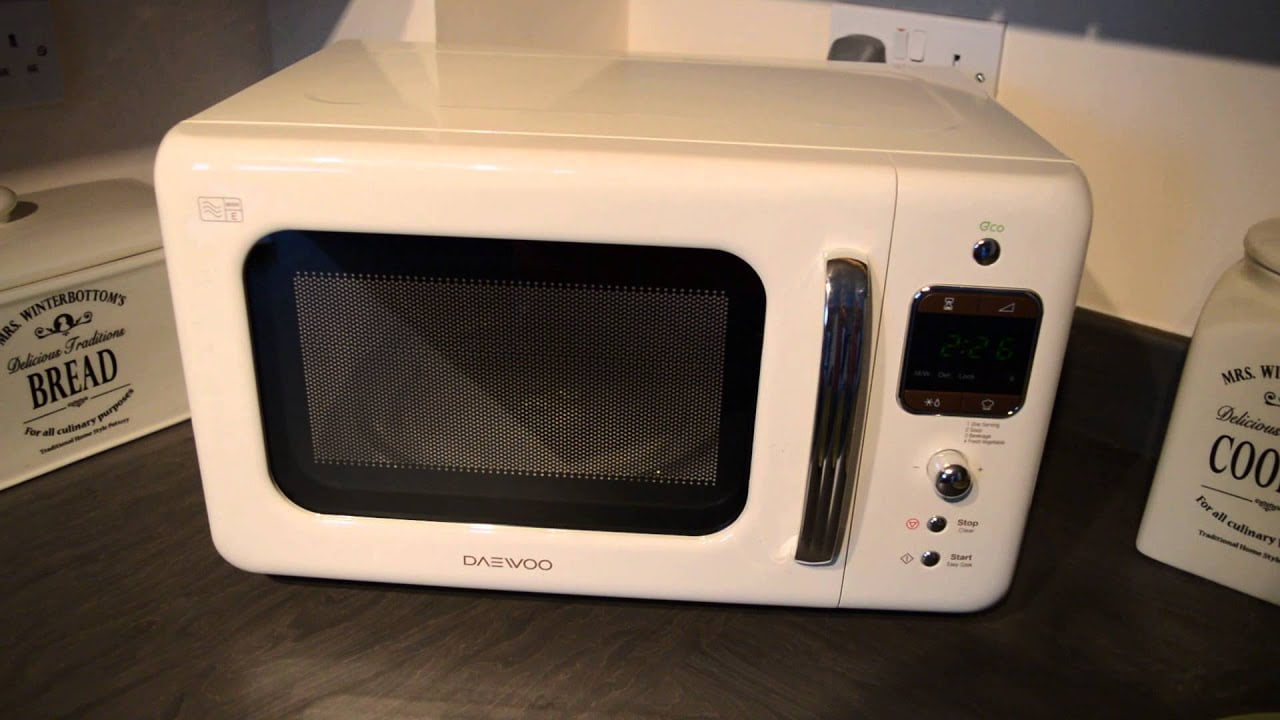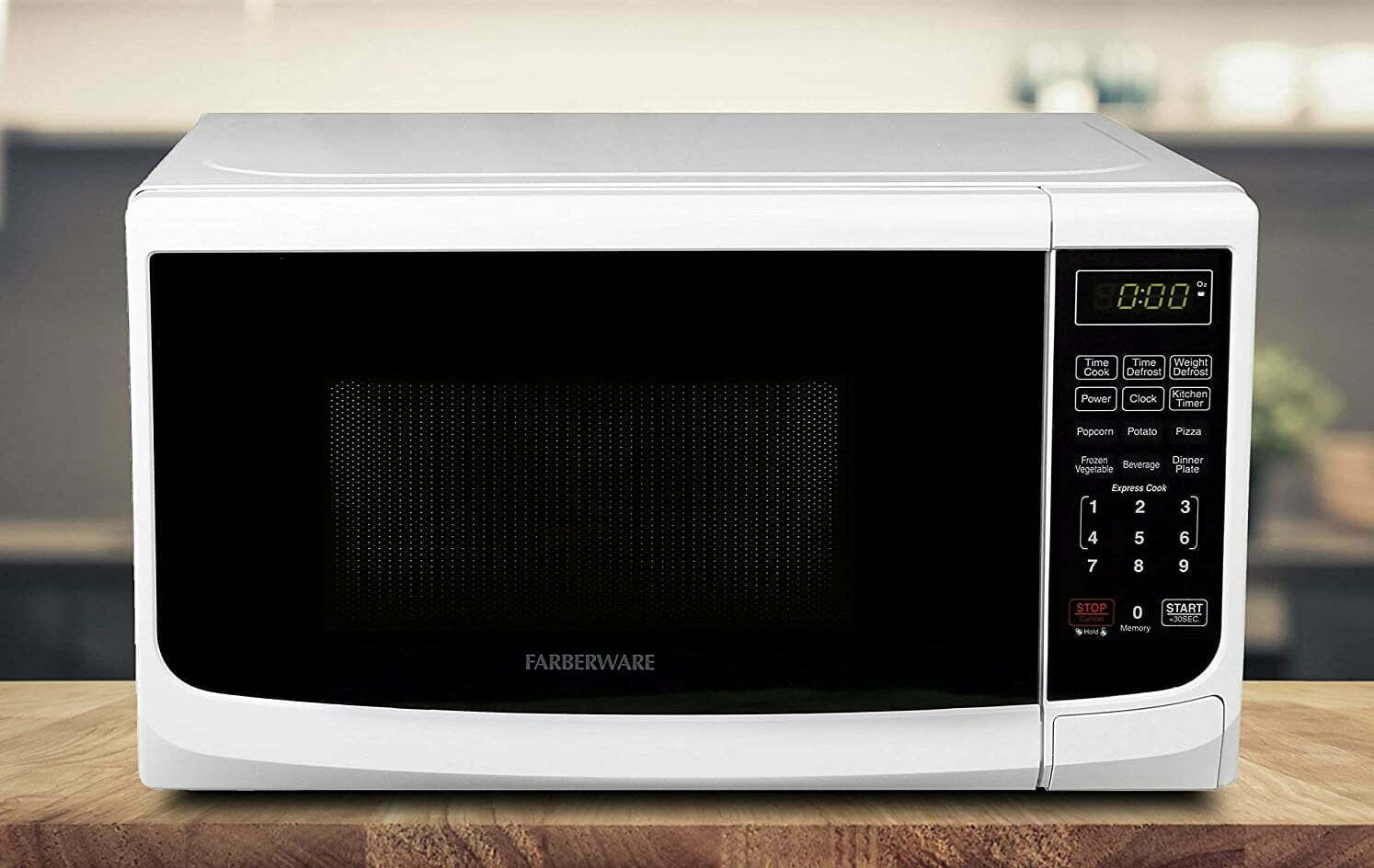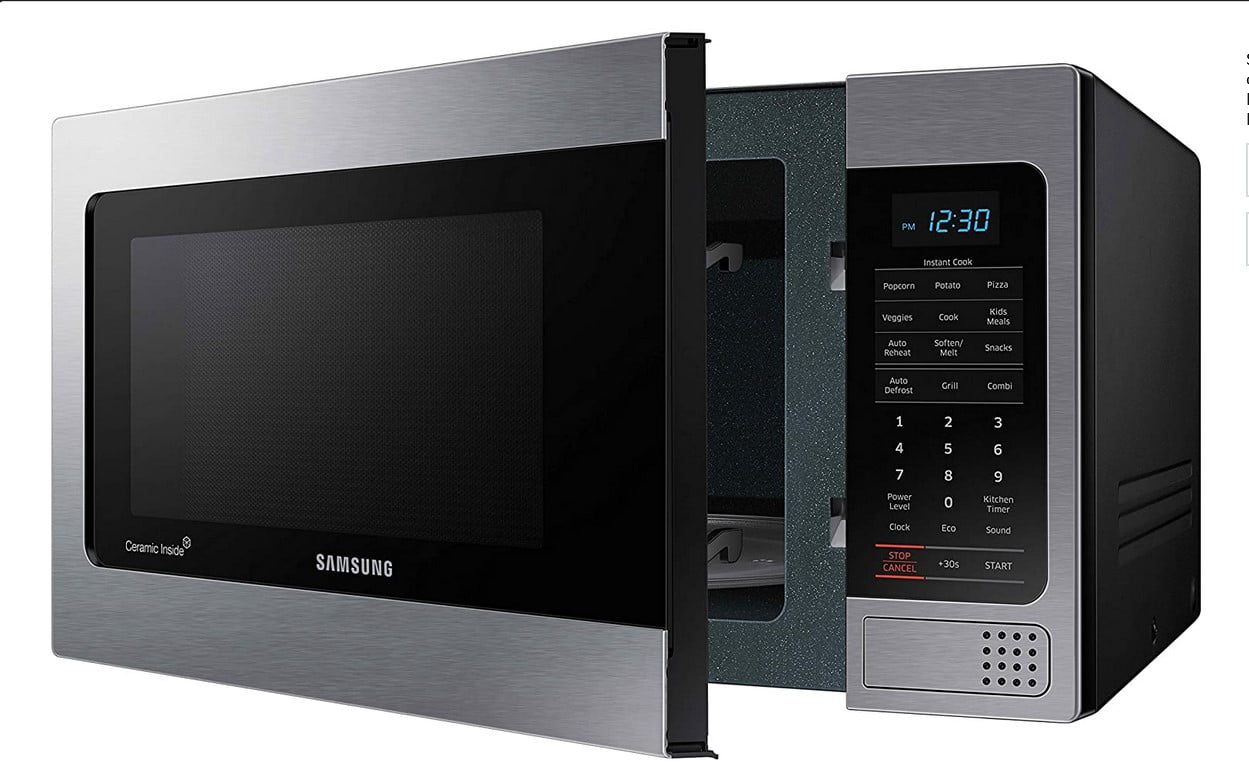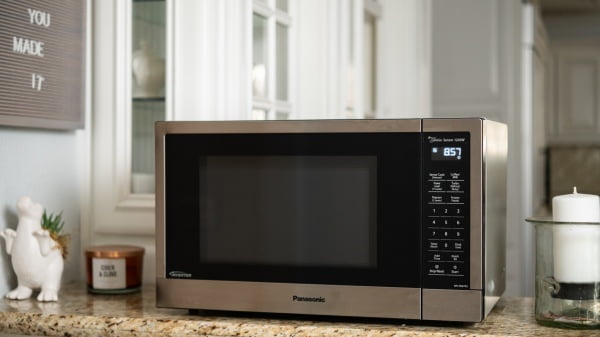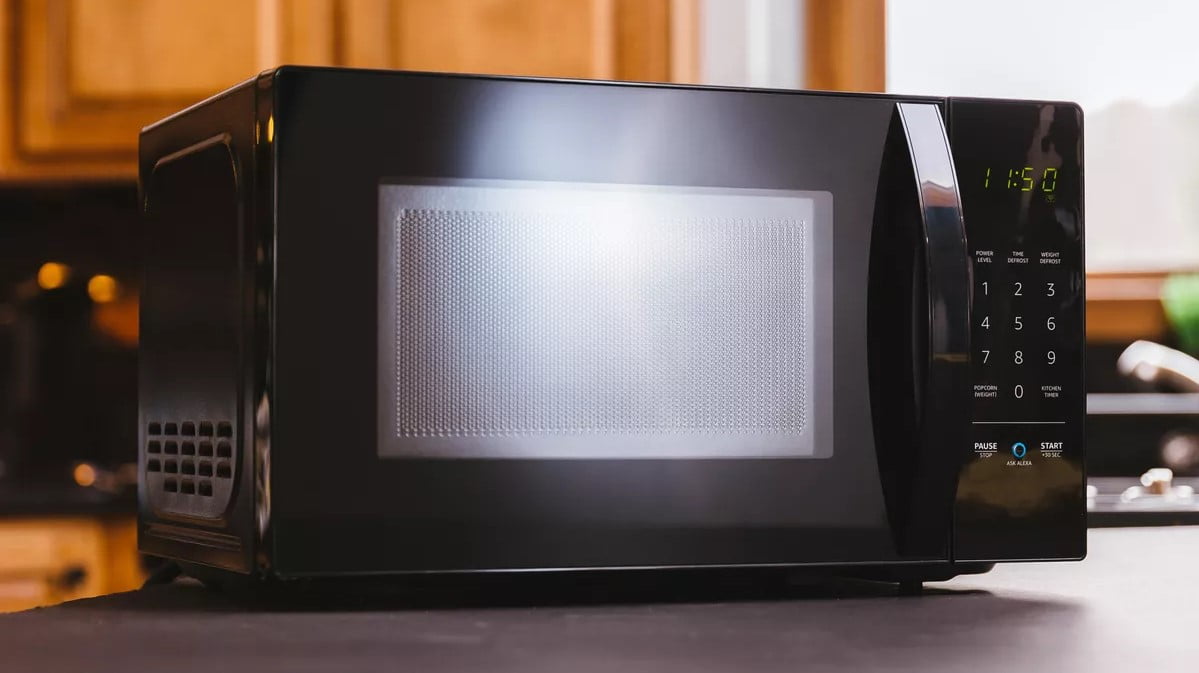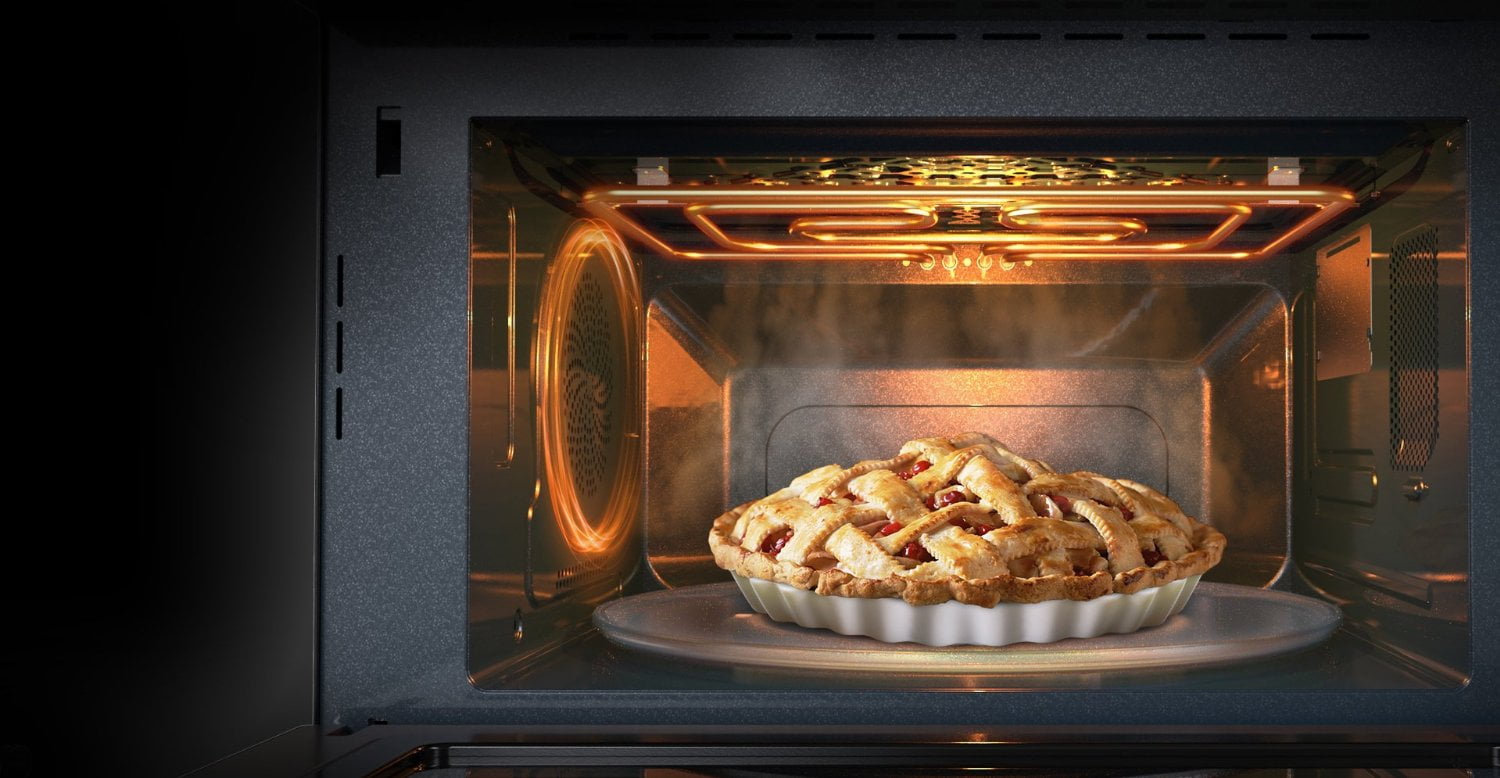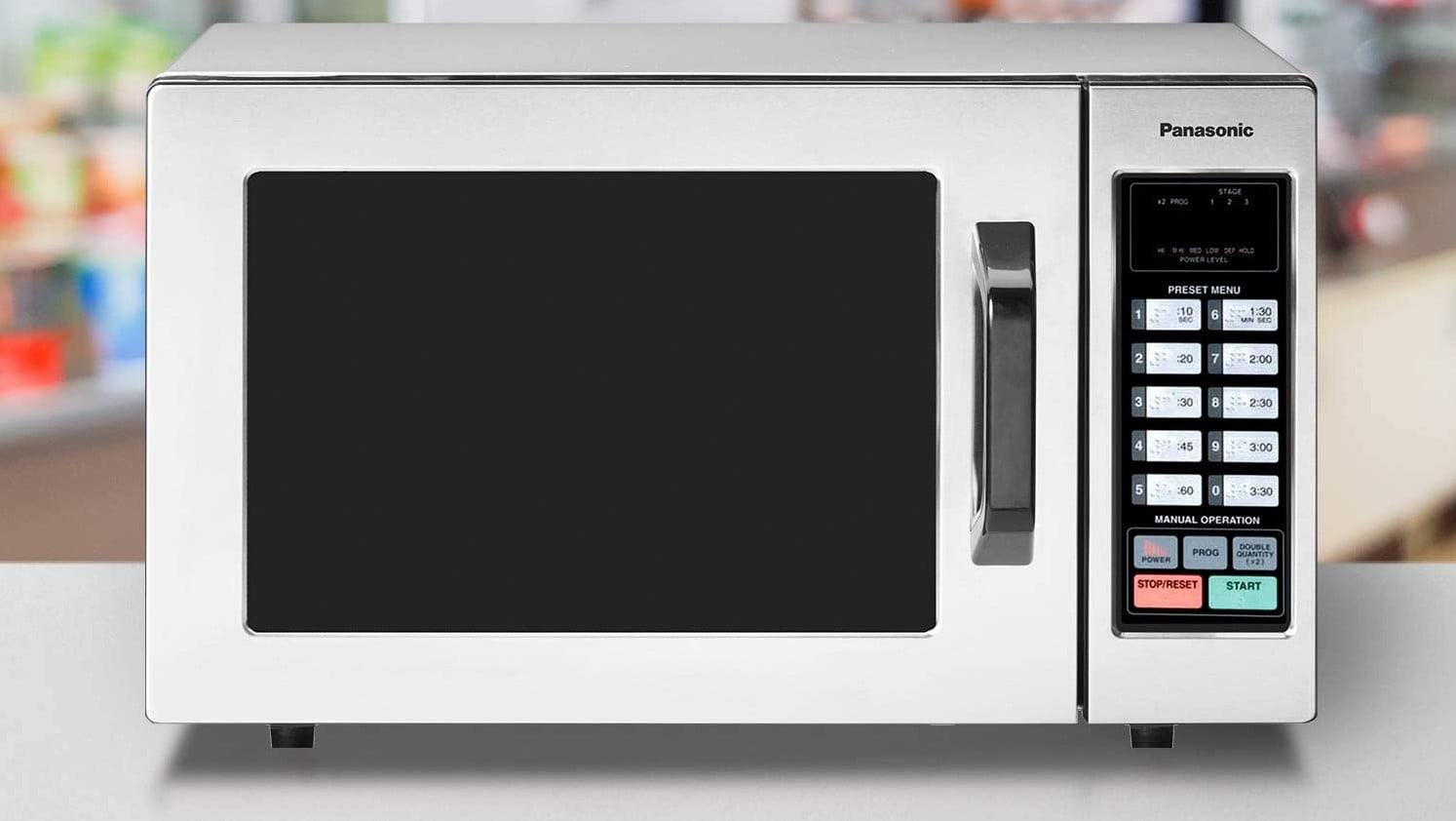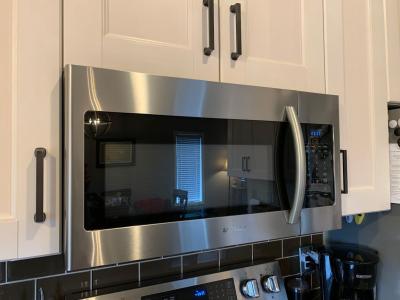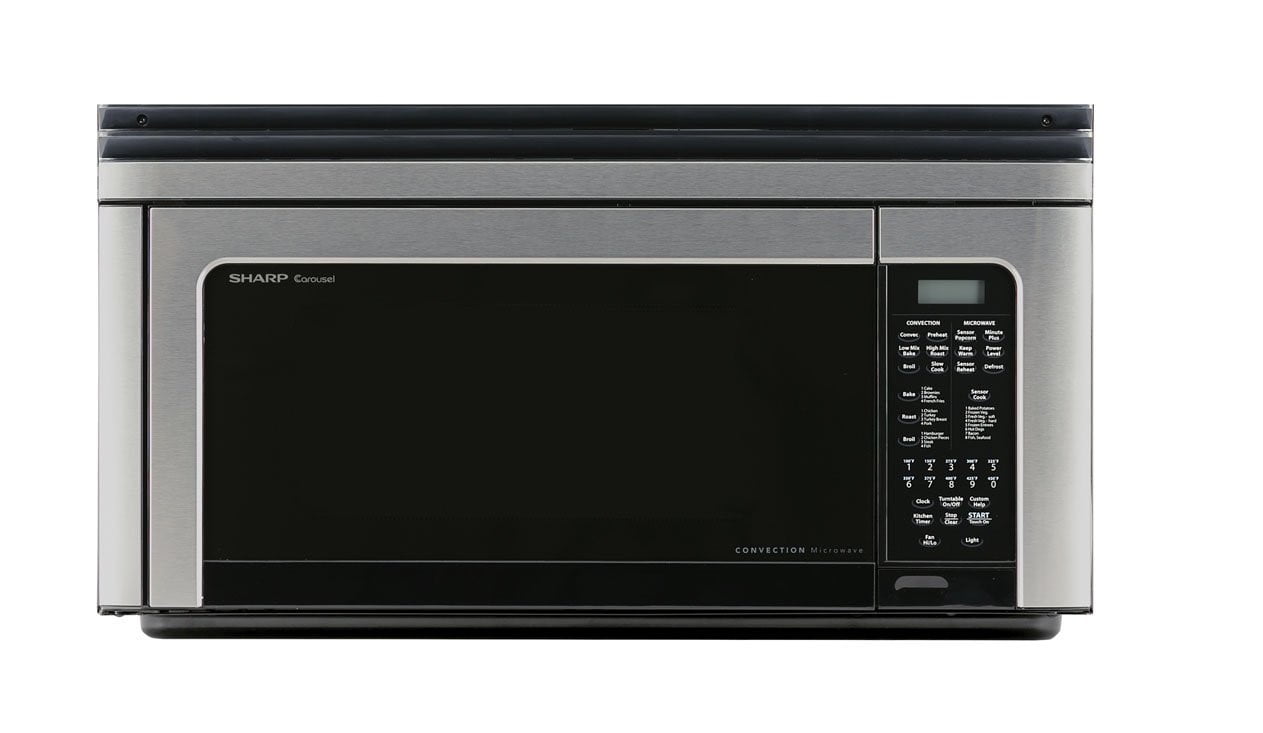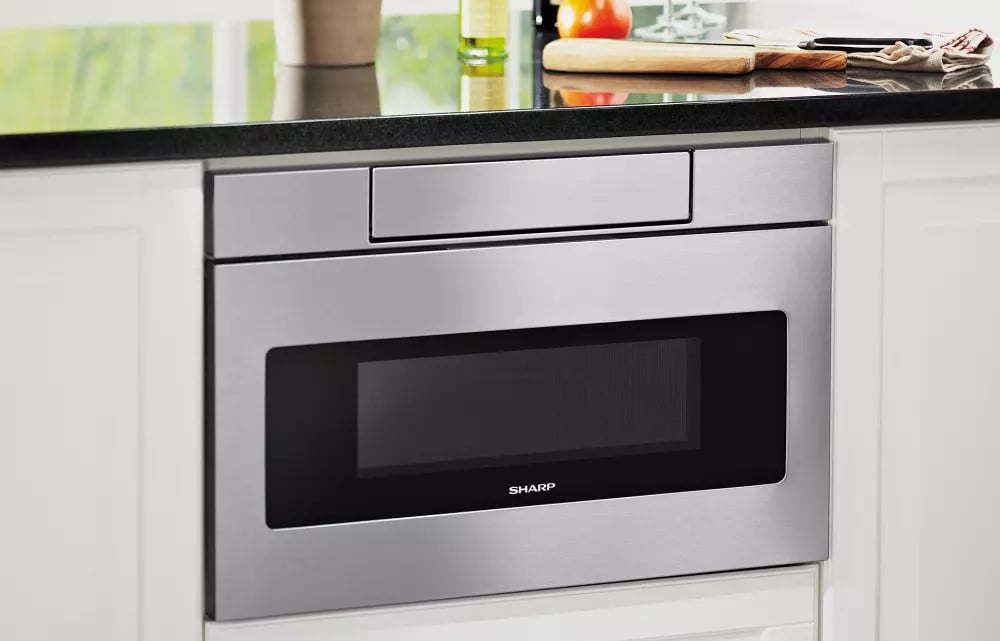If you are attempting to understand the inner workings of your kitchen appliances, you may wonder what does a magnetron do in a microwave. The best microwaves, after all, all seem to feature this mysterious component. Keep reading to learn all you’ve ever wanted to know about magnetrons, microwaves, and cooking.
KEY TAKEAWAYS:
- A magnetron is the primary component of a microwave oven, found in both retro and modern designs.
- This magnetron is an oscillator that emits heated electrons and magnetic fields, which in turn cook food items via microwave radiation.
- The magnetron was invented by scientist Dr. Albert W. Hull in the 1930s.
What is a Magnetron?
The magnetron, otherwise known as the resonant cavity magnetron, is essentially the main component of a microwave. It is an oscillator that emits electrons from a hot cathode, generating an electric field in the process. All microwaves feature a magnetron of some type, as it is the primary method of cooking.
How Does a Microwave Cook Food?
No matter if you are wondering how to heat up cold pizza or how to use a microwave steamer, you will engage the magnetron. Once the magnetron has been engaged, heated electrons are released into the cooking chamber and your ingredients will begin to heat up. Microwaves tend to cook ingredients from the inside out, which is why you will occasionally run into recipes that are cold on the exterior and heated through the interior.
Who Invented the Magnetron?
The magnetron, and thus microwave ovens in general, were invented during the 1930s by Dr. Albert W. Hull. Dr. Hull’s system of magnetrons, heated electrons, and oscillators make up the basic design of even newly released microwave ovens, some 80 years later. Though it must be noted, Hull’s magnetron design was not outfitted for kitchen appliances until the 1960s when the concept was further refined by Rudy Dehn at General Electric. Dehn is largely considered to be the inventor of the microwave oven, with an assist by Hull’s magnetron technology.
What Other Components Make up a Microwave Oven?
Besides the magnetron, a modern microwave oven contains a plethora of other advanced features and components. There are various timers, a turntable motor, and even sound-generating engines, to create beeps and alerts to let you know when your food is ready. This can come in handy, or you may be sick of the beeps, in which case you should learn how to mute a microwave.
Other components include the power supply, the voltage capacitor, the voltage transformer, the voltage diode, and a vacuum tube.
Insider Tip
If you are attempting to repair a microwave appliance, be sure to wear protective clothing and gloves.
F.A.Q.S
Is it worth replacing a magnetron in a microwave?
The magnetron is the primary component of a microwave, creating microwave energy. Generally speaking, it will be cheaper to simply replace the unit rather than try to fix the magnetron.
What causes the magnetron to fail in a microwave?
The magnetron can fail in a number of ways, reducing the efficacy of electromagnetic waves released by the unit.
What are the signs that a microwave is going bad?
If your microwave is releasing less microwave energy than before, it could be a sign it is going bad. This could mean the microwave magnetrons are failing, resulting in longer cook times.
STAT: In a microwave oven, a 1.1-kilowatt input will generally create about 700 watts of microwave power, an efficiency of around 65%. (source)

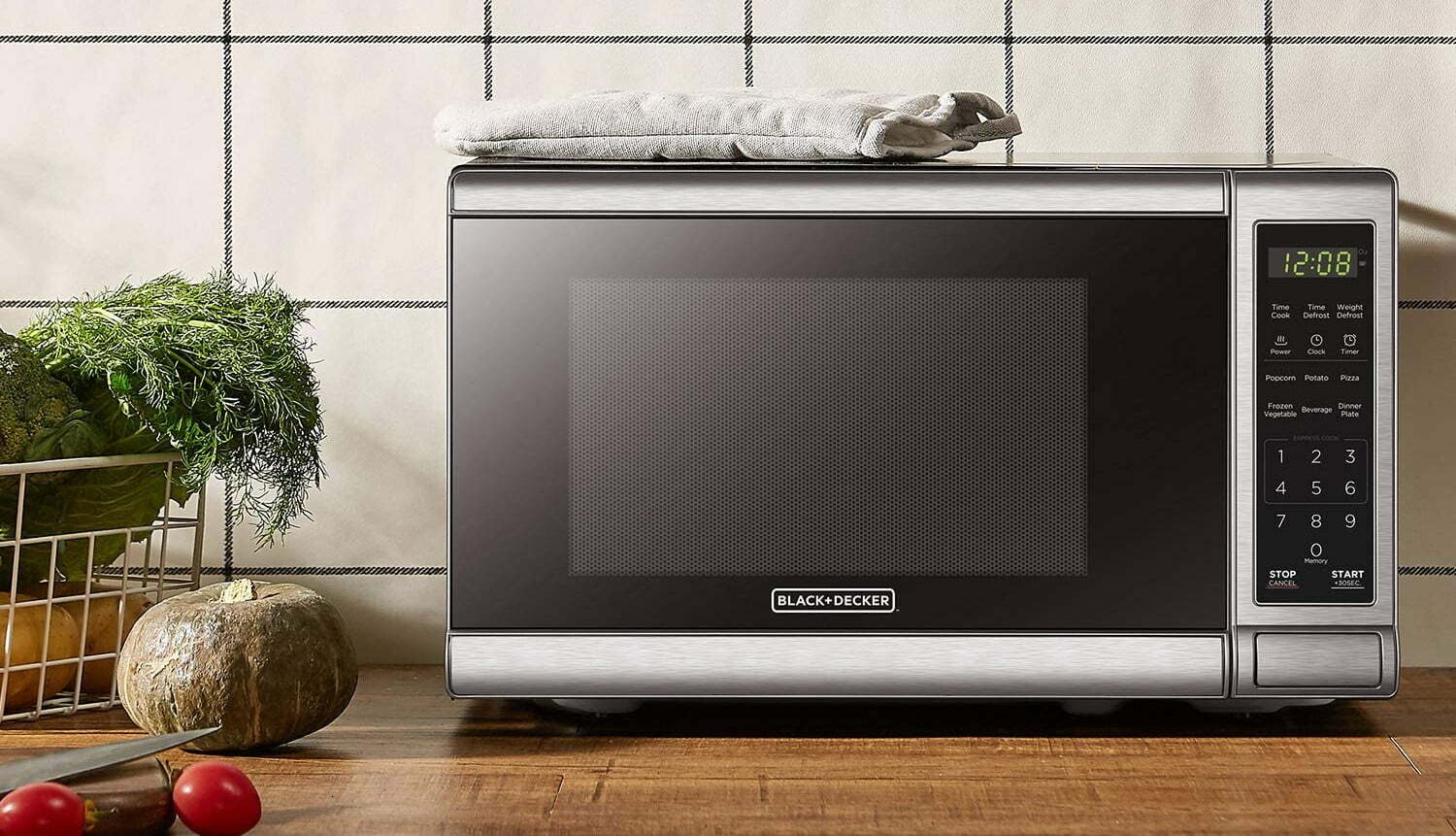













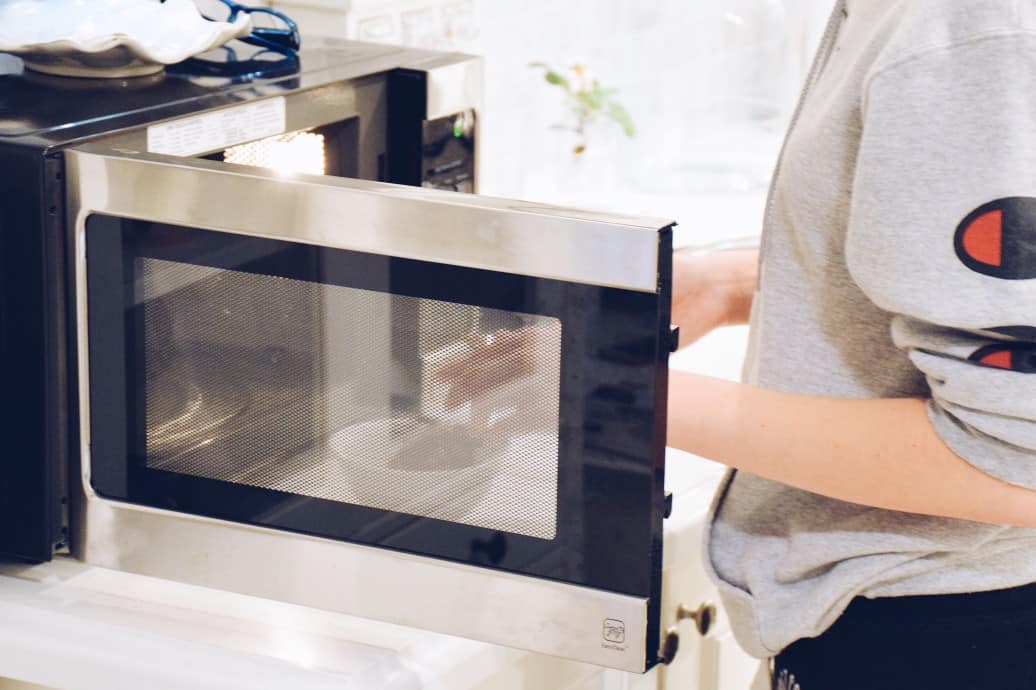
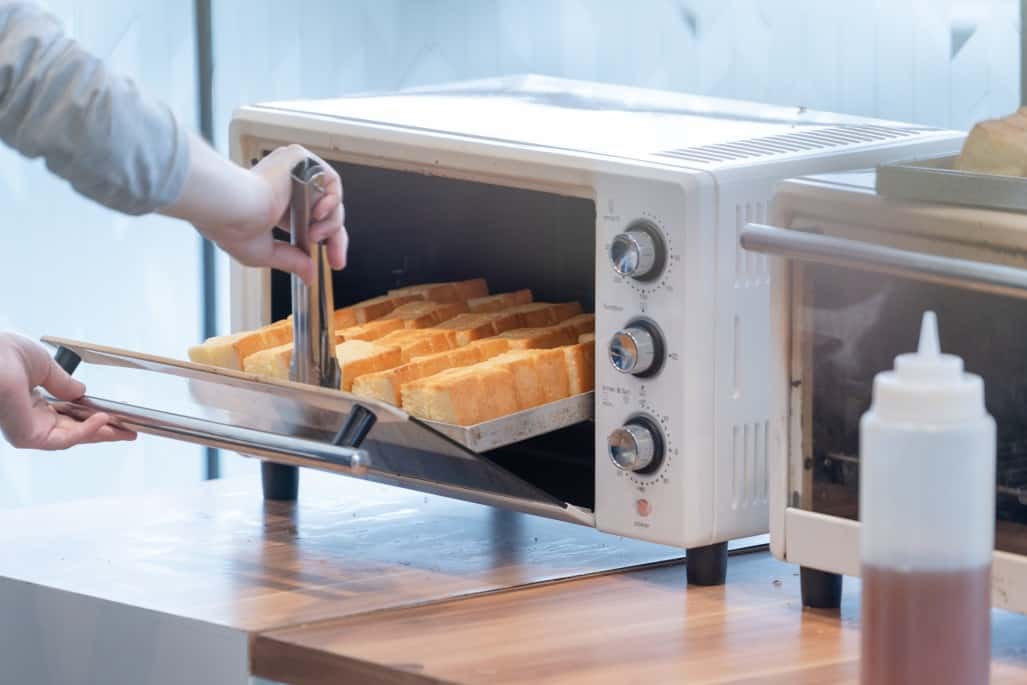
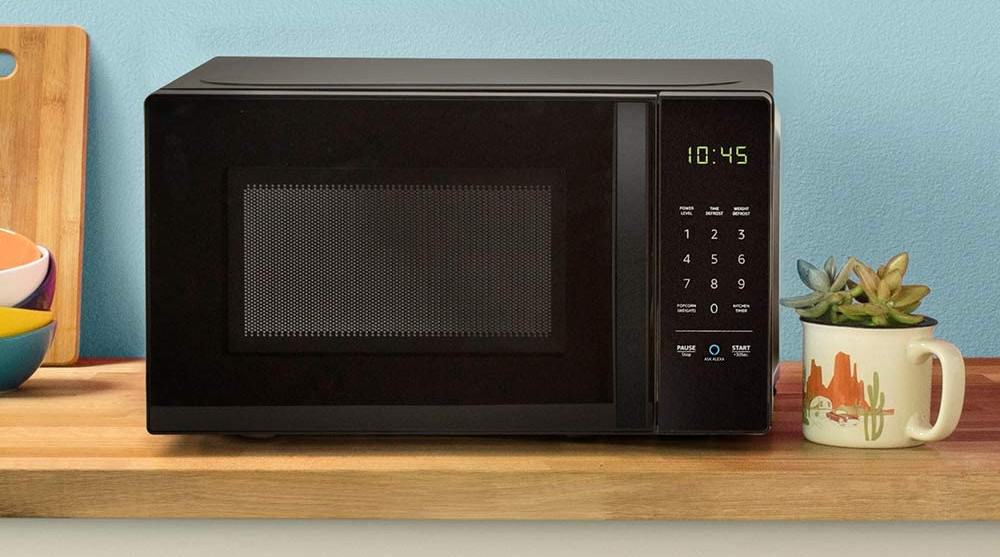

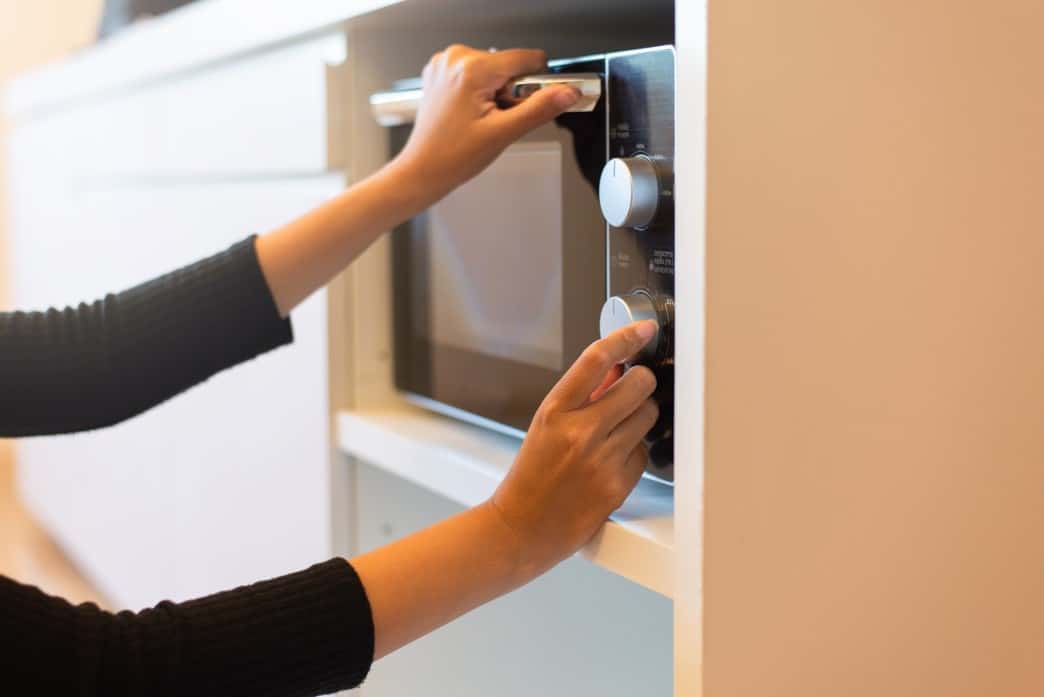
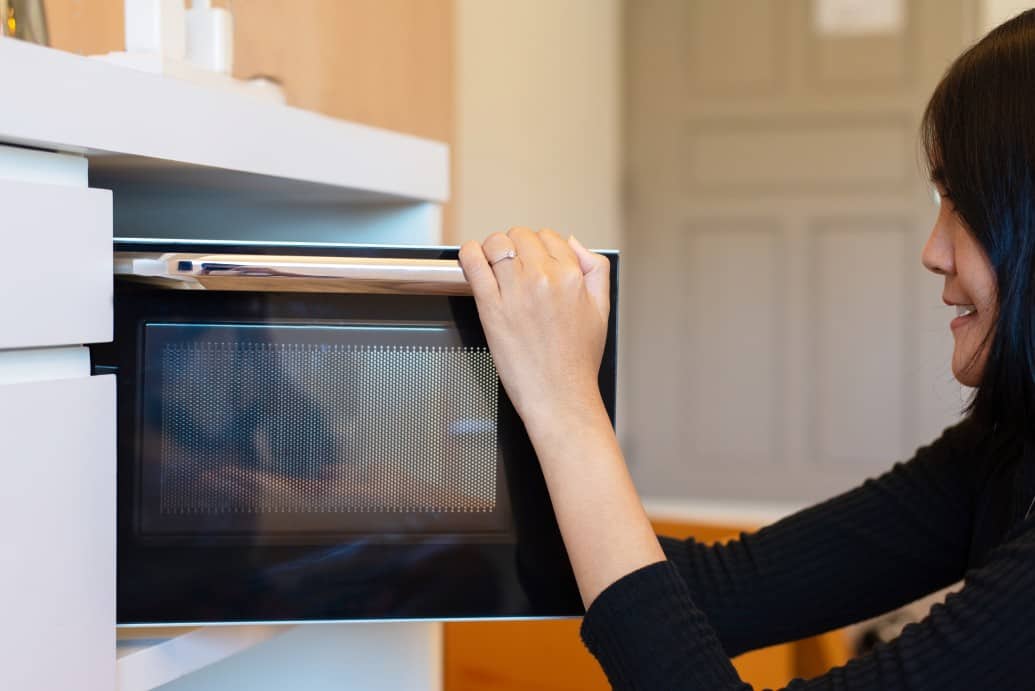
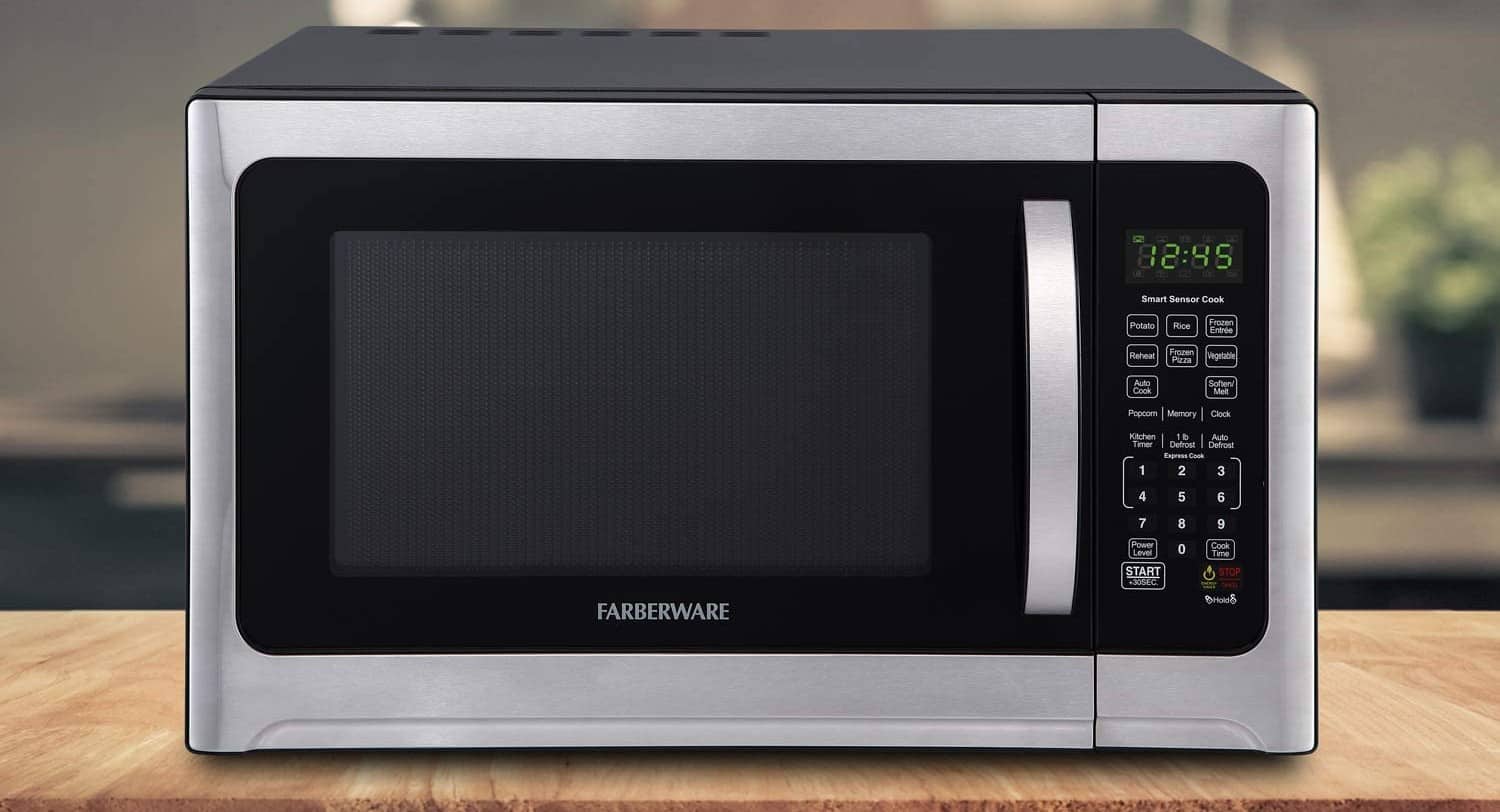
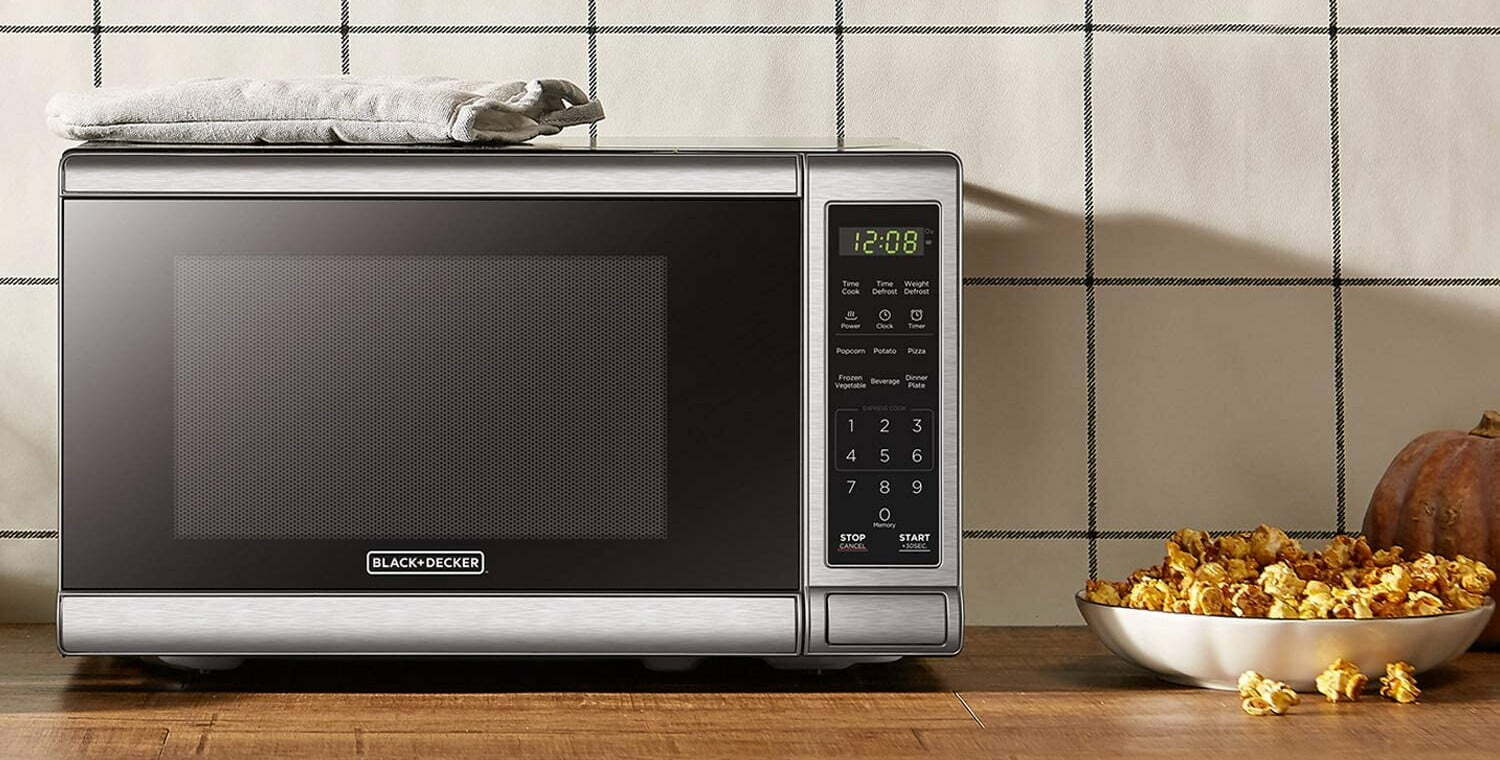
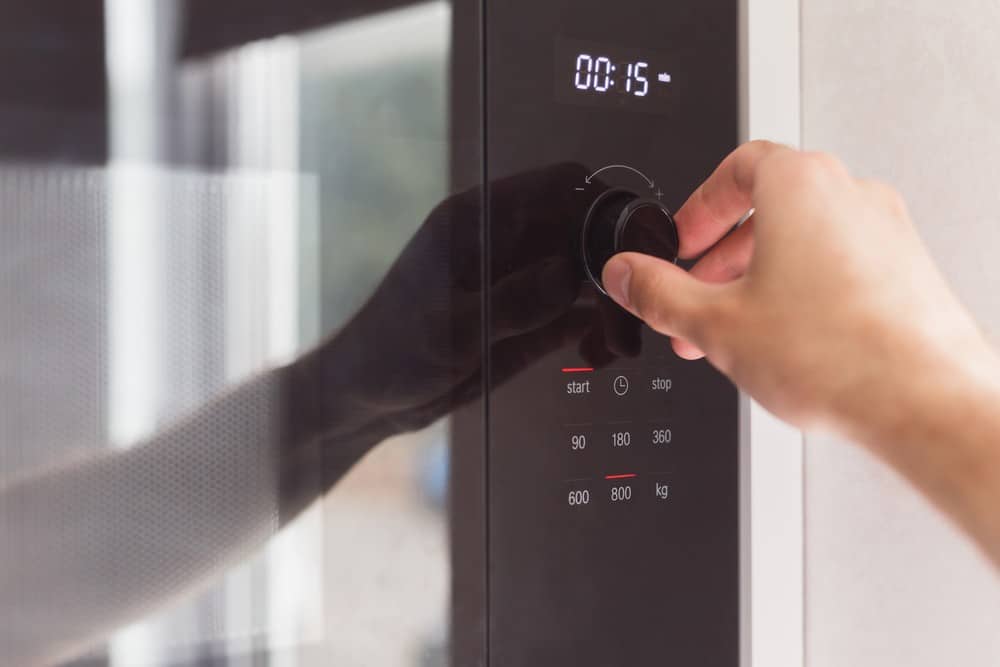
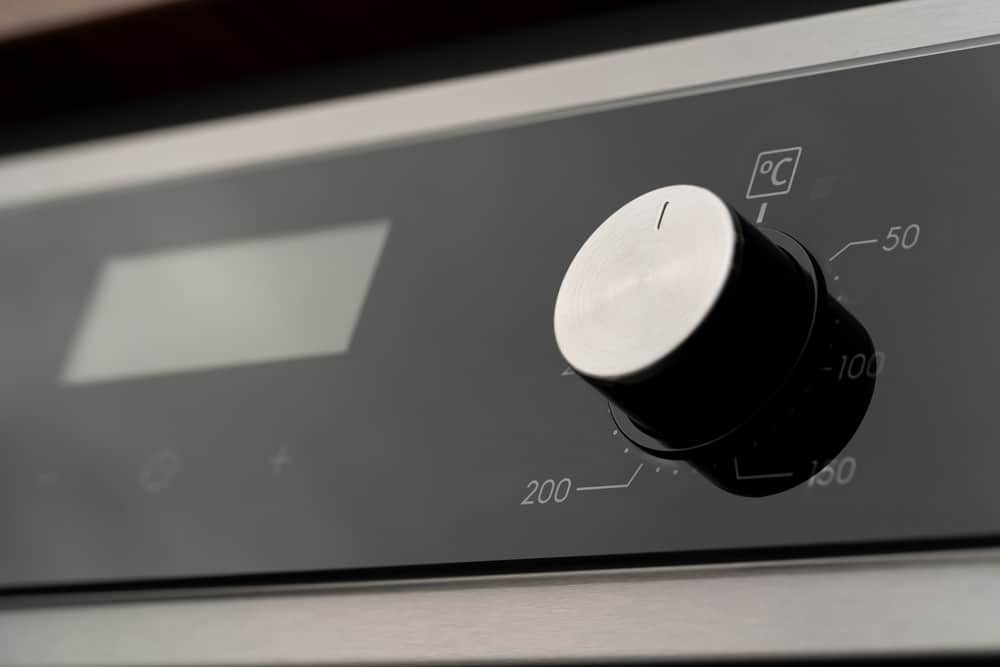
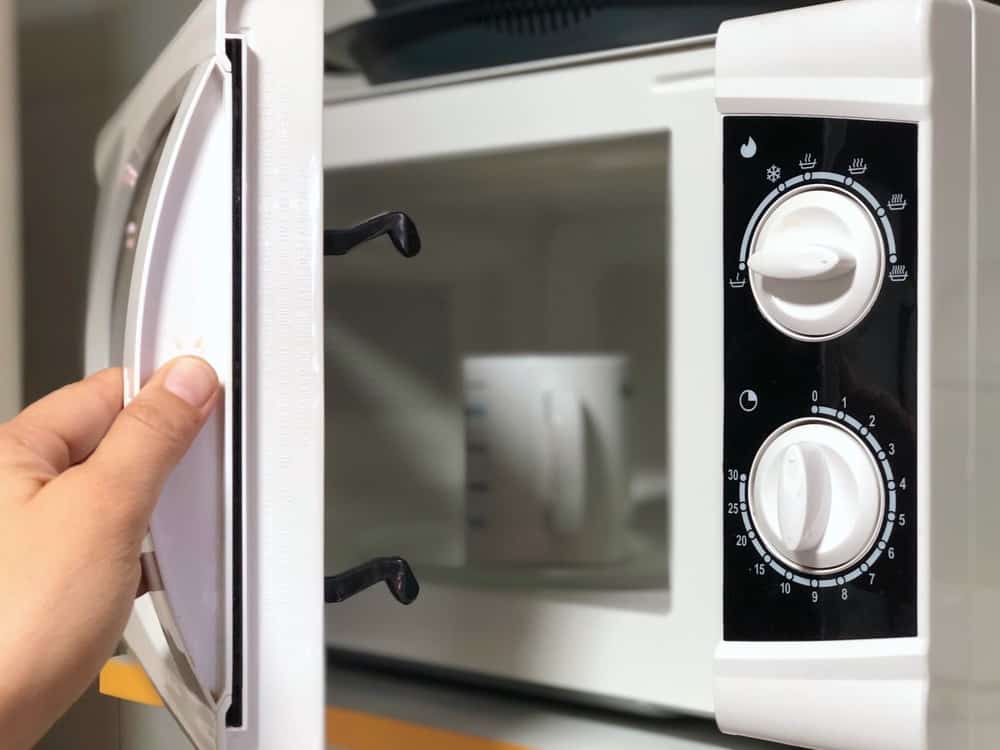

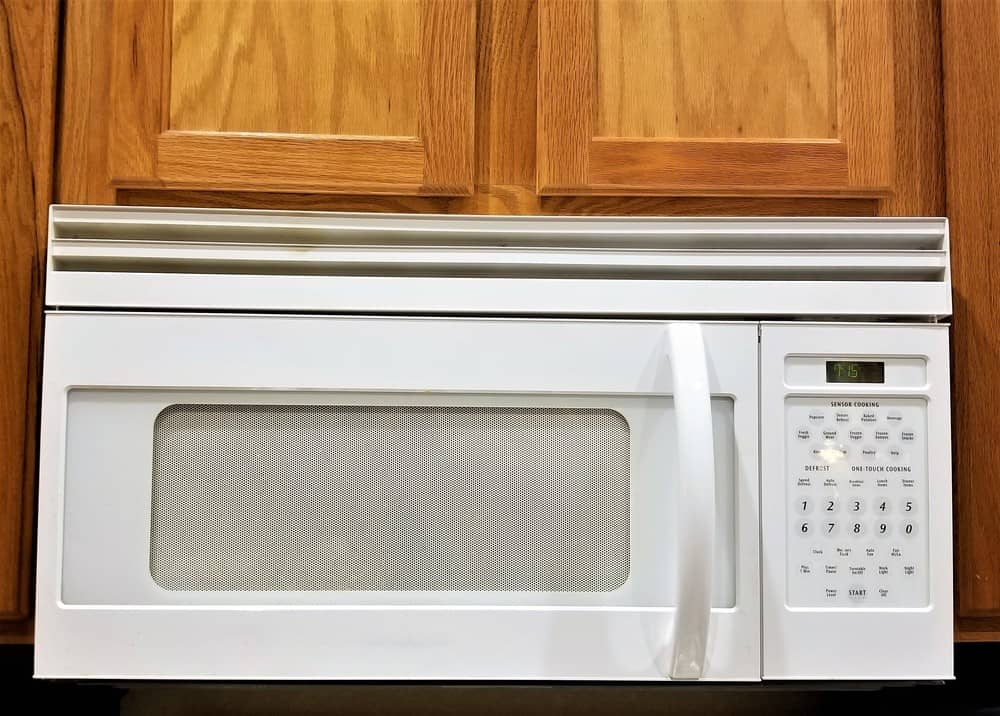
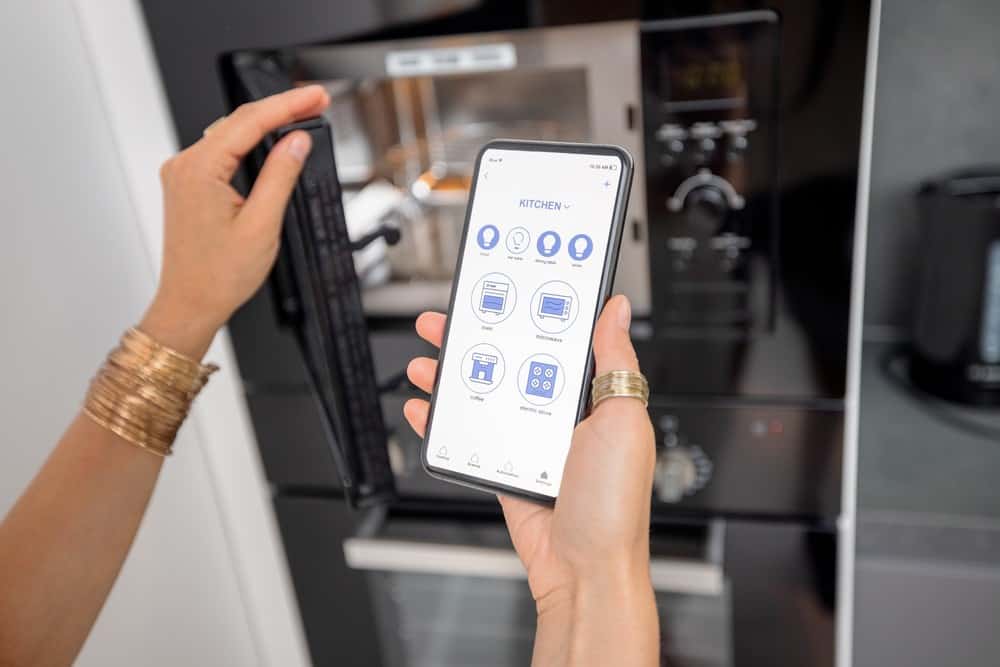

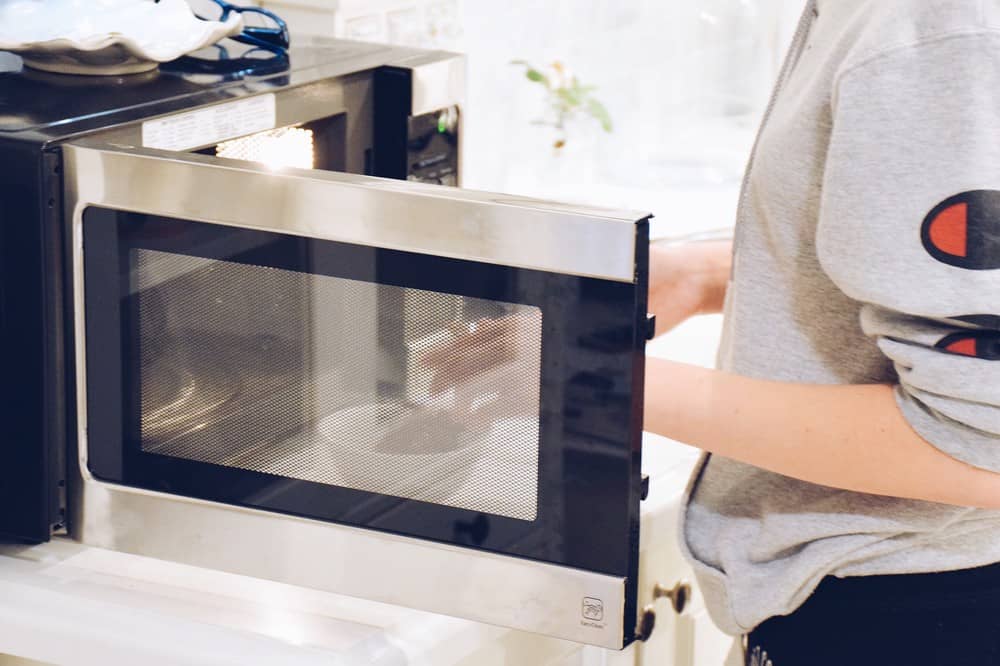

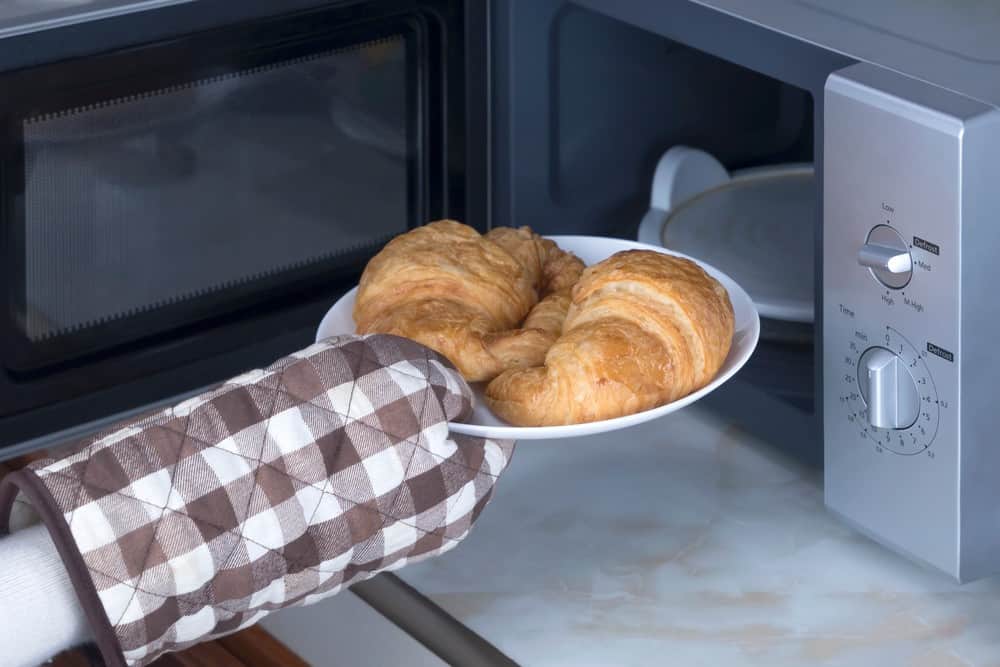
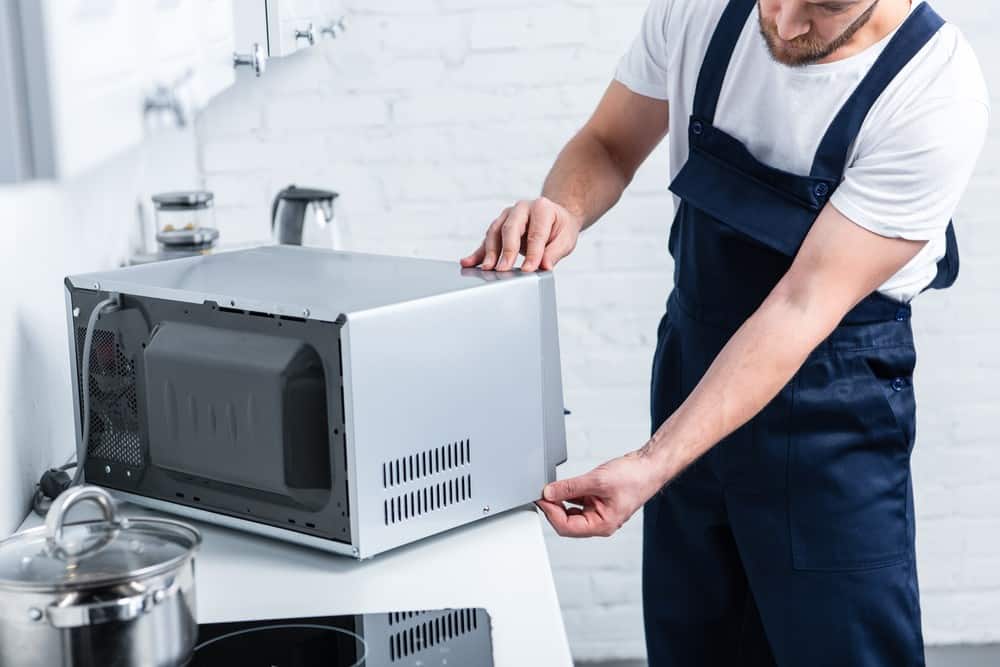
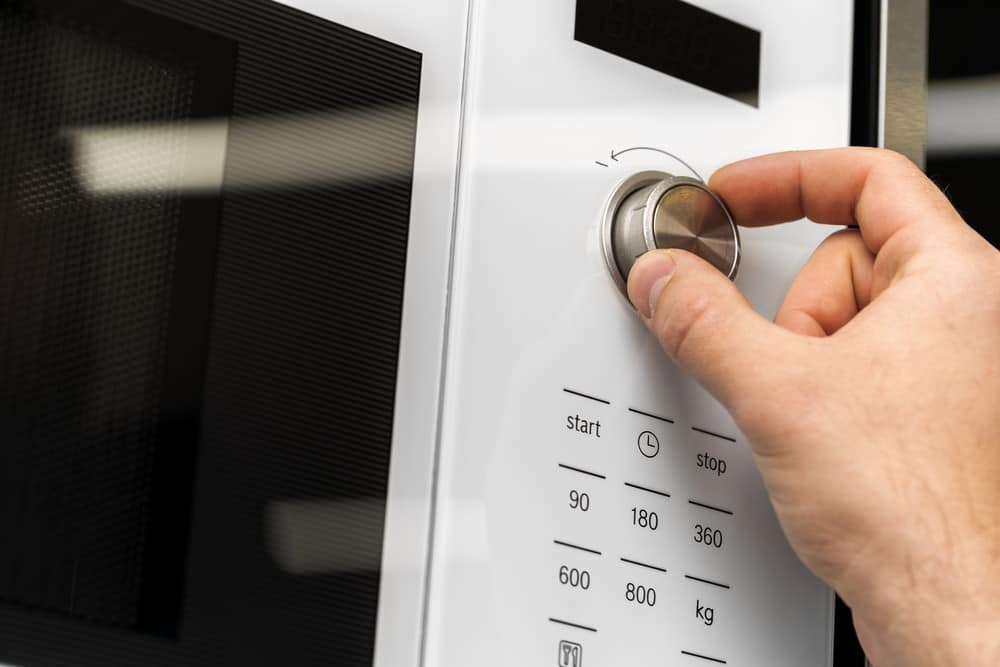
![Best Kitchen Appliances in [year] ([month] Reviews) 27 Best Kitchen Appliances in 2025 (November Reviews)](https://www.gadgetreview.dev/wp-content/uploads/best-kitchen-appliances.jpg)
![Best Whirlpool Microwaves in [year] 28 Best Whirlpool Microwaves in 2025](https://www.gadgetreview.dev/wp-content/uploads/best-whirlpool-microwaves-image.jpg)
![Best Microwave Drawers in [year] 29 Best Microwave Drawers in 2025](https://www.gadgetreview.dev/wp-content/uploads/best-microwave-drawer-image.jpg)
![Best Quiet Microwaves in [year] 30 Best Quiet Microwaves in 2025](https://www.gadgetreview.dev/wp-content/uploads/best-quiet-microwave-image.jpg)
![Best LG Microwaves in [year] 31 Best LG Microwaves in 2025](https://www.gadgetreview.dev/wp-content/uploads/best-lg-microwaves-image.jpg)
![Best Microwaves in [year] ([month] Reviews) 32 Best Microwaves in 2025 (November Reviews)](https://www.gadgetreview.dev/wp-content/uploads/best-microwaves-image.jpg)
![Best Over the Range Convection Microwaves in [year] 33 Best Over the Range Convection Microwaves in 2025](https://www.gadgetreview.dev/wp-content/uploads/best-over-the-range-convection-microwave-image.jpg)
![Best Retro Microwaves in [year] 34 Best Retro Microwaves in 2025](https://www.gadgetreview.dev/wp-content/uploads/best-retro-microwave-image.jpg)
![Best GE Microwaves in [year] 35 Best GE Microwaves in 2025](https://www.gadgetreview.dev/wp-content/uploads/best-ge-microwaves-image..jpg)
![10 Best Samsung Microwaves in [year] 36 10 Best Samsung Microwaves in 2025](https://www.gadgetreview.dev/wp-content/uploads/best-samsung-microwaves-image.jpg)
![10 Best Microwaves for Seniors in [year] 37 10 Best Microwaves for Seniors in 2025](https://www.gadgetreview.dev/wp-content/uploads/best-microwaves-seniors-image.jpg)
![10 Best Microwave Toaster Oven Combo in [year] 38 10 Best Microwave Toaster Oven Combo in 2025](https://www.gadgetreview.dev/wp-content/uploads/best-microwave-toaster-oven-combo-scaled-1.jpg)
![10 Best Panasonic Microwaves in [year] 39 10 Best Panasonic Microwaves in 2025](https://www.gadgetreview.dev/wp-content/uploads/best-panasonic-microwaves.jpg)
![10 Best Microwaves for College Dorms in [year] 40 10 Best Microwaves for College Dorms in 2025](https://www.gadgetreview.dev/wp-content/uploads/best-microwaves-for-college-dorms.jpg)
![10 Best Compact Microwaves in [year] 41 10 Best Compact Microwaves in 2025](https://www.gadgetreview.dev/wp-content/uploads/best-compact-microwave-image.jpg)
![10 Best Convection Microwave Ovens in [year] 42 10 Best Convection Microwave Ovens in 2025](https://www.gadgetreview.dev/wp-content/uploads/best-convection-microwave-oven-image.jpg)
![10 Best Built In Microwaves in [year] 43 10 Best Built In Microwaves in 2025](https://www.gadgetreview.dev/wp-content/uploads/best-built-in-microwave-image.jpg)


